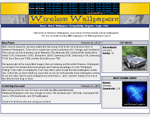Venmo Purchase Protection
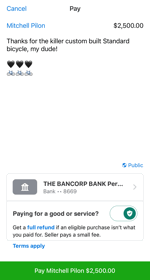
I've built plenty of sites that have handled some form of online payment - whether it's for goods, subscriptions, or events. The payment gateways I've used are Authorize.net, Braintree, Stripe, PayPal (including Paypal's Website Payments Pro and Payflow Pro)
Here are 11 projects that I've worked on tagged E-Commerce.


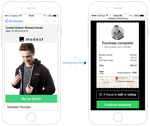
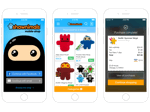



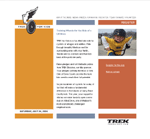
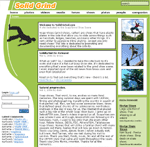
In 2006, I re-released Solid Grind to get away from publishing broader extreme sports content and focus on the grind shoe scene. There were so many other extreme sports sites with a full staff dedicated to maintaining them, but no one had this thorough of a website dedicated to the grind shoe scene. I worked with Nicole Sutherland on the design of this version, which turned out great for the content being delivered. The new version of the site was much more complete, the code was much more efficient, and photo manipulation was handled much better. With the initial version of SolidGrind I was very proud of the photo management system - this system was much cleaner and much more versatile in that most image manipulation was handled on the fly.
